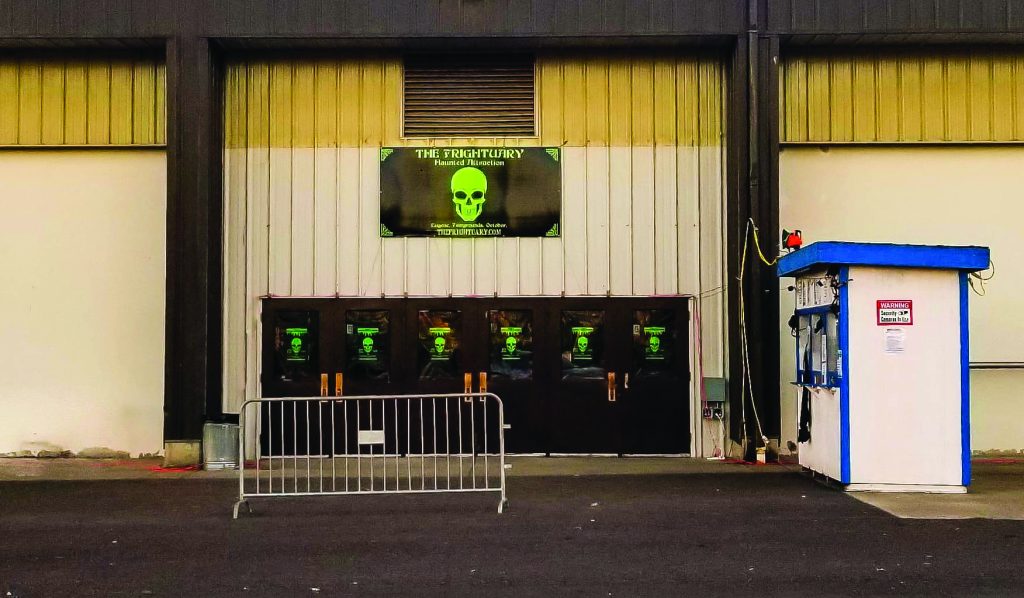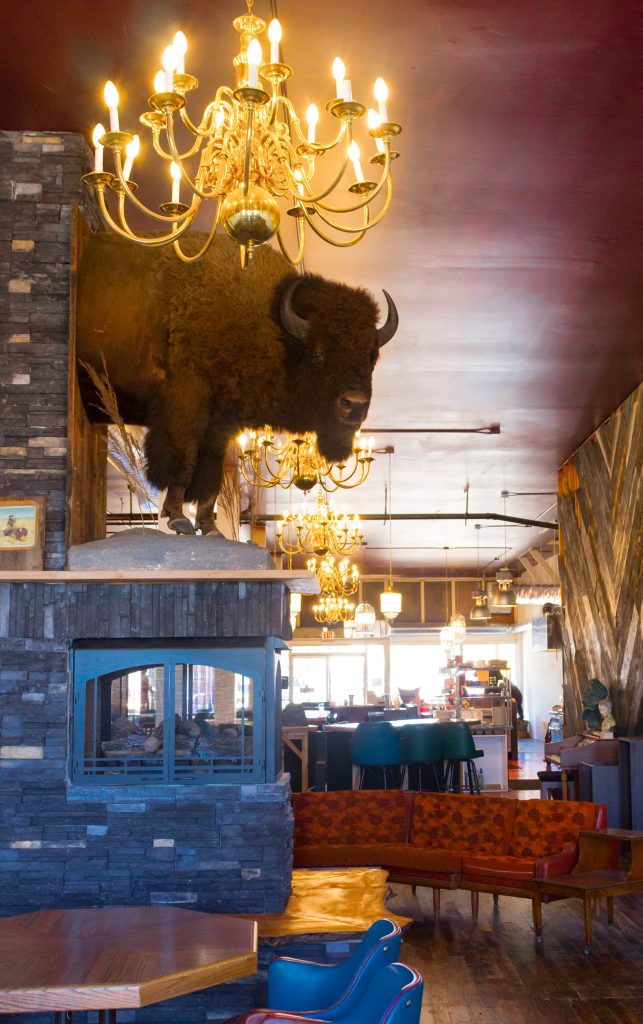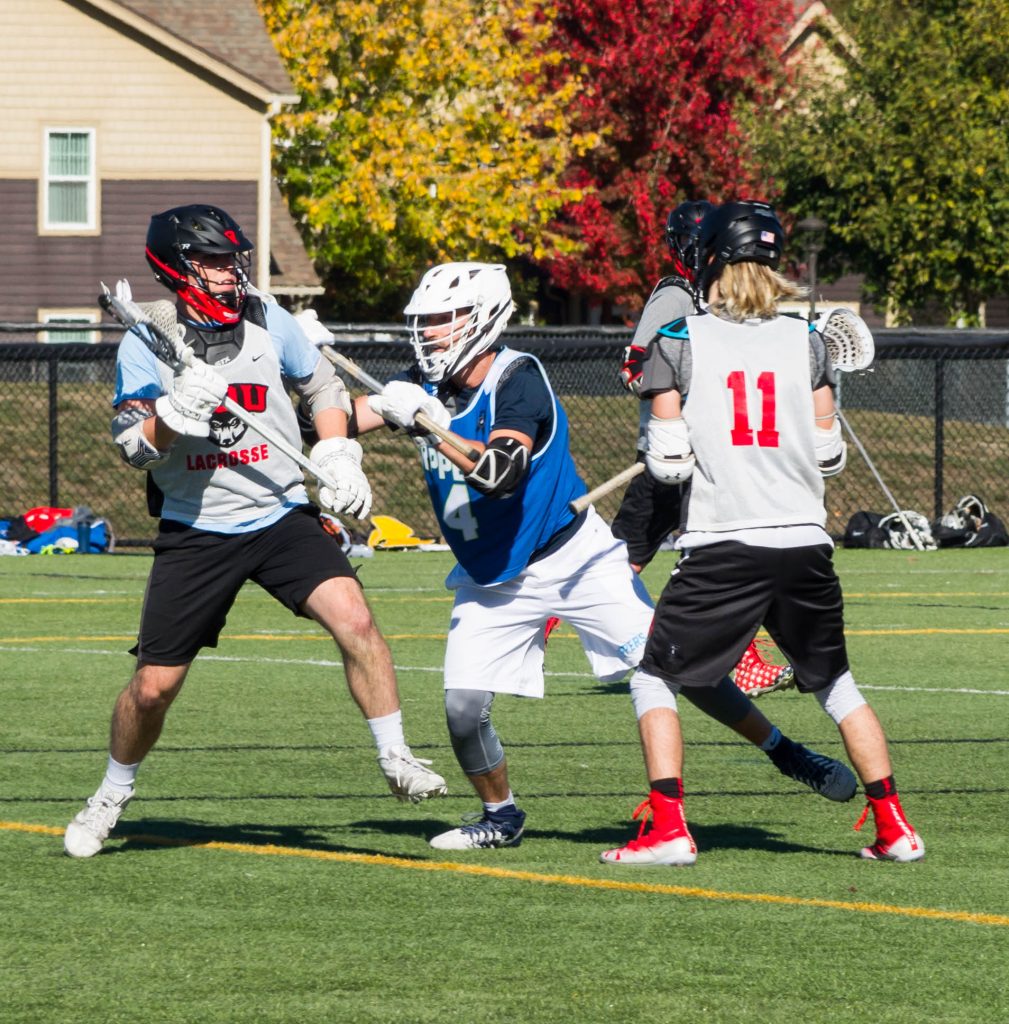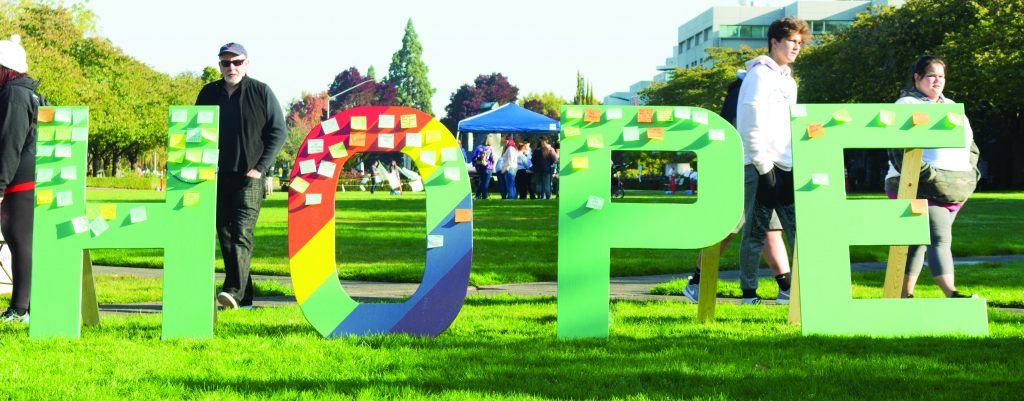
Rebecca Meyers | Lifestyle editor
Halloween is just a couple weeks away, and the spookiness theme is appearing all around town. Some like to get into the spirit by giving themselves a few good scares. Horror movies might do the trick, but they’re not the same as interactive experiences. Fortunately, there are plenty of places nearby to do just that. Here are some of nearby haunted houses for full immersion into the Halloween season.
The Fear PDX
Portland is home to The Fear, whose website calls itself “Portland’s largest Halloween event.” Admission to The Fear’s locations gets visitors four haunted houses for the price of one. This location is currently open every Friday and Saturday until November 3rd as well as a few weekdays. Hours vary by day, but for a complete listing, visit fearpdx.com
Address: 12301 NE Glisan St, Portland, OR 97230
Fearlandia
Located in Tigard, Fearlandia is split into two main sections: TJ’s backyard and Into the Darkness. It also has a date night package option for pre-purchased tickets. This haunted attraction is open from 7-11 p.m. on Saturdays and Sundays, but will be open on Oct. 31 as well.
Address: 16255 SW Upper Boones Ferry Rd, Tigard, OR 97224
The Nightmare Factory
Located in Salem on the campus of the Oregon School for the Deaf, the Nightmare Factory was once featured on an episode of “Extreme Makeover”. This interactive haunt has options for group discounts as well. The Factory is open Fridays, Saturdays, and most days the week of Halloween.
Address: 999 Locust Street NE, Salem, OR 97301
The Frightuary
Found in the Eugene fairgrounds, The Frightuary is a three part attraction that includes exhibits and actors. Visitors can enter Thursdays through Saturdays as well as the Oct. 30-31.
Address: 796 W 13th Ave, Eugene, OR 97402
Note: some attractions warn that those with heart problems or who are prone to seizures should not enter. Students should make sure they are safely enjoying the haunted attractions.
Contact the author at howllifestyle@mail.wou.edu
Photo courtesy of Ashlynn Norton









